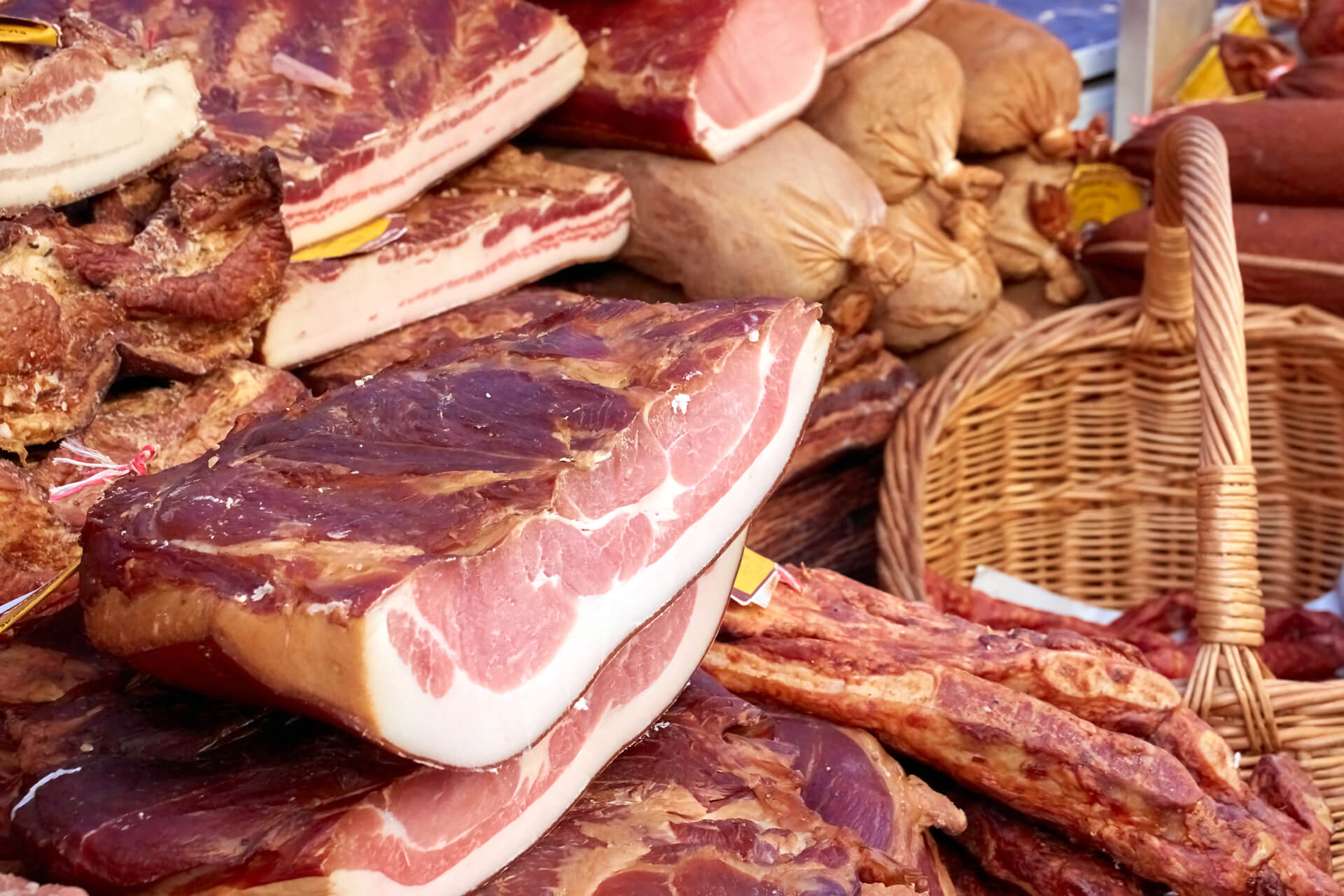Discover the Art of the Butcher's Cut in a Modern Meat Market
In the ever-evolving landscape of modern meat markets, the butcher's cut has actually transcended its standard roots, merging old-time craftsmanship with contemporary techniques. What genuinely sets the modern butcher apart is their capacity to create a deeper link between customers and the beginnings of their meat.
Evolution of Butchery Strategies
The development of butchery strategies shows an abundant tapestry of advancement and adaptation driven by innovations in modern technology, modifications in consumer need, and a deeper understanding of meat science. Historically, butchery was a craft passed down with generations, with approaches developed over centuries to optimize yield and flavor. Nonetheless, the industrial transformation introduced mechanization, transforming typical practices and enabling massive handling.
The mid-20th century saw butchery techniques even more fine-tuned by clinical understandings right into muscle biology and meat aging, enhancing both tenderness and preference. Technologies like vacuum cleaner product packaging and refrigeration expanded product shelf-life, permitting butchers to expand offerings and boost high quality control. This period additionally noted the surge of customized devices, such as band saws and meat slicers, which raised accuracy and efficiency in meat processing.

The 21st century has actually presented electronic technology right into the butchery realm. Digital systems currently help in tracking animal provenance and optimizing cuts to meet particular customer preferences. Furthermore, a revival in artisanal butchery has emerged, mixing traditional skills with contemporary expertise to accommodate consumers looking for honest and sustainable meat options. This evolution emphasizes a dynamic interplay in between custom and advancement, meeting contemporary needs while protecting the craft's heritage.
Recognizing Meat Cuts
Understanding the ins and outs of meat cuts is essential for both butchers and customers looking for quality and value. For butchers, specific cuts reflect skill and regard for the craft, ensuring very little waste and optimum return.

Understanding muscle make-up is critical; muscular tissues utilized more regularly by the pet have a tendency to be tougher and are best matched for sluggish cooking techniques, while less-used muscle mass, like those found in the loin, are a lot more tender and suitable for grilling or roasting. Experience with these distinctions encourages consumers to make informed selections, improving their culinary ventures.
Selecting Top Quality Meat
Selecting the best meat entails great site greater than just choosing a visually enticing piece from the display screen. bagley farms meat market edwardsville il. The art of choosing quality meat needs a discerning eye and expertise of certain characteristics that indicate freshness and excellence. Pay interest to the color; beef needs to have an intense, cherry-red shade, while lamb should show a soft pink tone, and pork a pale pink. This shows the meat is fresh and hasn't been subjected to oxygen for also long.
Secondly, think about the marbling, which describes the white streaks of fat within the muscle. Proper marbling is a crucial indication of inflammation and flavor, as it melts during cooking, improving the meat's juiciness. Bear in mind, greater marbling often correlates with superior high quality cuts, such as USDA Prime.
Structure is an additional essential factor; meat should feel firm to the touch, not slimy or overly soft. Furthermore, bear in mind the aroma. Fresh meat needs to have a clean, neutral smell, without any type of sour or repulsive smells.
Combining Cuts With Cooking Techniques

On the other hand, harder cuts like brisket and chuck roast are abundant in collagen, which breaks down into gelatin when prepared gradually. These cuts are perfect for braising or sluggish roasting, permitting the meat to soften over time and establish deep, complicated tastes. In a similar way, cuts such as short ribs and pork shoulder fare more helpful hints well with slow-cooking techniques, where expanded cooking times change their robust textures into succulent meals.
Lamb shanks and oxtail, which need extended food preparation to soften, are excellent prospects for cooking or slow-moving simmering. These approaches coax out rich, hearty flavors while maintaining moisture. By understanding the distinct qualities of each cut, chefs and home cooks alike can elevate their culinary creations, guaranteeing each meal is both satisfying and memorable.
The Butcher's Role Today
Browsing the developing landscape of the modern-day meat market, the butcher's function today expands beyond plain preparation of cuts. Contemporary butchers are cooking craftsmens, teachers, and supporters for sustainable techniques.
In addition to crafting specific cuts, butchers now involve directly with clients, providing cooking advice and tailoring selections to suit specific demands and preferences. Their know-how in meat aging, marbling, and flavor accounts equips customers to make informed choices, boosting their culinary experiences. This tailored service exemplifies the butcher's progressing duty as a trusted consultant in the cooking area.
Moreover, butchers are essential in lessening waste, making use of whole animals to produce varied items such as sausages and supplies. This comprehensive technique not only values the pet but also lines up with contemporary sustainability objectives. This way, the modern butcher embodies both tradition and development, adjusting to an ever-changing market while maintaining the virtuosity and honesty of their craft.
Verdict
The contemporary butcher's craft intricately weaves conventional methods with contemporary advancements, stressing lasting techniques and moral sourcing. Proficiency in recognizing varied meat cuts and high quality signs equips butchers to give enlightened referrals, straightening details cuts with optimum food preparation techniques. This experience not just boosts cooking experiences however likewise enhances the link between consumers and the origins of their food. By recognizing historic methods while embracing contemporary needs, the butcher's duty stays important in today's sophisticated meat market (bagley farms meat market edwardsville il).